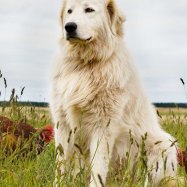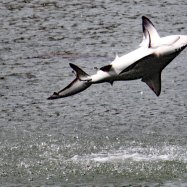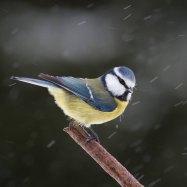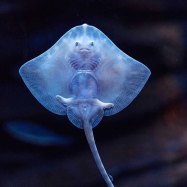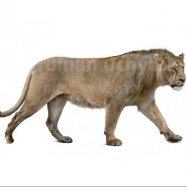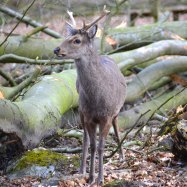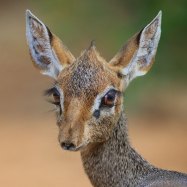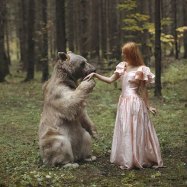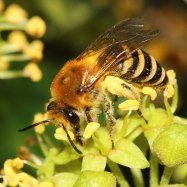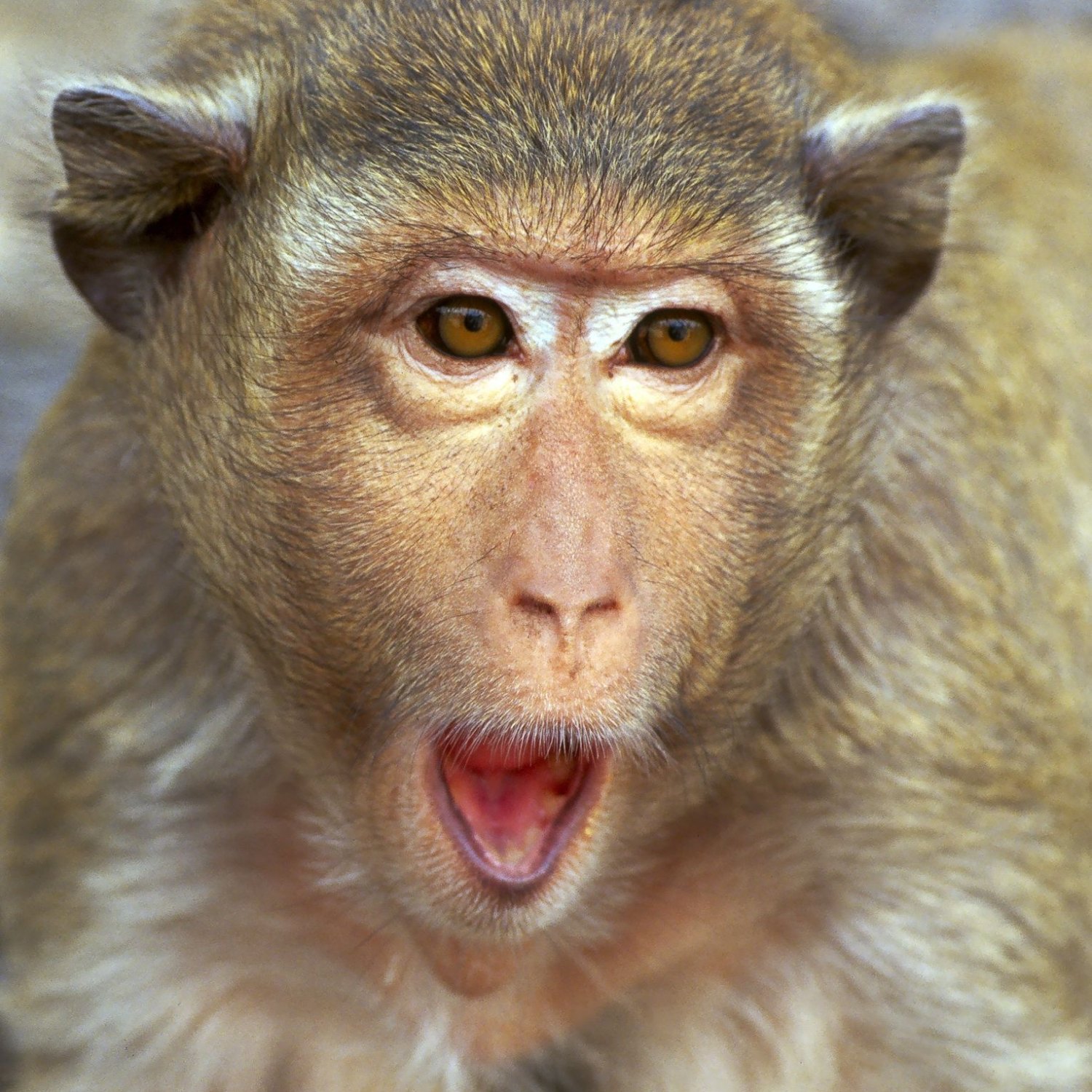
Rhesus Macaque
Up to 26 inches (66 cm)
The Rhesus Macaque, also known as the R monkey, is a medium-sized primate found in various countries including India, China, and Nepal. With a stout build and measuring up to 26 inches in length, this member of the Cercopithecidae family is a popular subject in primate research. Their social and hierarchical behavior make them fascinating creatures to observe in their natural habitat. #RhesusMacaque #Monkeys #Primates #WildlifeResearch
Animal Details Summary:
Common Name: Rhesus Macaque
Kingdom: Animalia
Habitat: Forests, grasslands, and urban areas
The Rhesus Macaque: South Asia's Intelligent and Adaptable Primate
The Rhesus Macaque, also known as Macaca mulatta, is a fascinating primate species mainly found in South Asia. These intelligent and highly adaptable animals belong to the Animalia Kingdom and Chordata Phylum, making them close relatives to humans. They are part of the Mammalia Class and the order Primates, along with other species such as apes, monkeys, and lemurs. Rhesus Macaques are part of the Cercopithecidae family, which also includes baboons, guenons, and langurs Rhesus Macaque.These primates are widely dispersed in their natural habitat, found in countries such as India, China, and Nepal. They are highly adaptive and can thrive in various environments, ranging from lush forests and grasslands to urban areas. The Rhesus Macaque is a highly social animal, living in large groups with complex hierarchies. They are also incredibly intelligent, with the ability to use tools and solve problems.
Habitat and Distribution
Rhesus Macaques have a wide distribution range, with their native habitat being South Asia. They are primarily found in India, but they can also be seen in other countries, such as China and Nepal. These adaptable creatures are known for their ability to thrive in different environments, making them a highly successful primate species. They can be found in forests, grasslands, and even urban areas, where they have learned to coexist with humans.
In their natural habitats, Rhesus Macaques live in large groups known as troops, ranging from 10 to 200 individuals Ring Billed Gull. These troops have complex social structures, with alpha males and females being the leaders. Males are usually larger in size and more dominant, while females play a crucial role in raising the young and maintaining social harmony within the group.
Nutrition and Diet
Rhesus Macaques are omnivorous, meaning they eat a variety of foods. Their diet mostly consists of fruits, seeds, and leaves, which they forage for in the forests. However, they are also opportunistic eaters, meaning they will consume insects, small animals, and even human food if it is available. This flexibility in their diet is another reason for their adaptability and success as a primate species.
In urban areas, Rhesus Macaques may rely on human food as a significant source of nutrition. This can sometimes lead to conflict with humans who view them as pests. However, this behavior is a result of the destruction of their natural habitat, forcing them to find alternative food sources.
Physical Characteristics
The Rhesus Macaque is a medium-sized primate, with a stout build and a short, stubby tail. They can grow up to 26 inches (66 cm) in length, with adult males weighing about 10-18 kg, and females weighing 5-8 kg. They have distinctive brownish-gray fur, which helps them blend in with their surroundings in their natural habitat.
These primates have a robust and muscular body, with a thick coat of fur to keep them warm in colder climates. They have long, powerful limbs, which are used for both climbing and walking on the ground. Their hands and feet have opposable thumbs, making them dexterous and able to grip and manipulate objects.
Behavior and Intelligence
Rhesus Macaques are highly social animals, living in large groups with complex social structures. The alpha male and female are usually the leaders of the troop, with other members ranked below them based on their dominance. These hierarchies are essential for maintaining social harmony within the group, and they are often established through displays of aggression and submission.
These primates are known for their high intelligence, with their brains being similar in size and complexity to that of humans. They have been observed using tools, such as using stones to crack open nuts, and solving problems with ease. Their social intelligence is also highly developed, with the ability to recognize and remember individual members of their troop.
Conservation Status
The Rhesus Macaque is not considered a threatened species and is listed as of Least Concern on the IUCN Red List. They have a wide distribution range and are highly adaptable, making them less vulnerable to habitat loss and other threats. However, they do face some challenges, primarily due to human activities. The destruction of their natural habitat and the illegal pet trade pose significant risks to their population.
In some areas, Rhesus Macaques are also hunted for their meat and medicinal value in traditional medicine. However, there are strict regulations and laws in place to protect these primates, and efforts are being made to educate the public on their importance in the ecosystem.
The Role of Rhesus Macaques in Research
Rhesus Macaques have played a significant role in scientific research, particularly in the field of medicine. Their genetic makeup is high

Rhesus Macaque
Animal Details Rhesus Macaque - Scientific Name: Macaca mulatta
- Category: Animals R
- Scientific Name: Macaca mulatta
- Common Name: Rhesus Macaque
- Kingdom: Animalia
- Phylum: Chordata
- Class: Mammalia
- Order: Primates
- Family: Cercopithecidae
- Habitat: Forests, grasslands, and urban areas
- Feeding Method: Omnivorous
- Geographical Distribution: South Asia
- Country of Origin: India
- Location: Various countries including India, China, and Nepal
- Animal Coloration: Brownish-gray
- Body Shape: Medium-sized with a stout build
- Length: Up to 26 inches (66 cm)
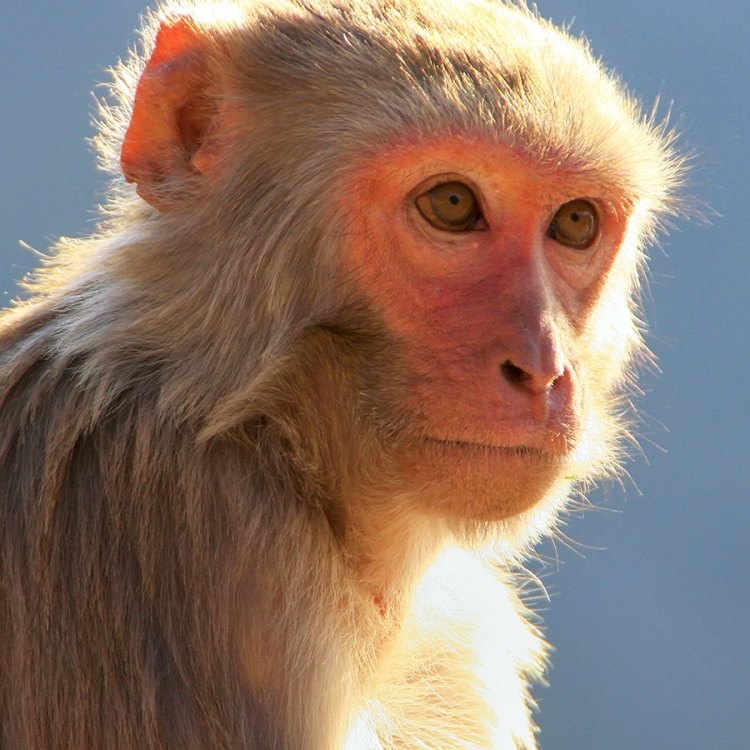
Rhesus Macaque
- Adult Size: Average weight of around 10-15 kg (22-33 lbs)
- Average Lifespan: 20-30 years
- Reproduction: Sexual
- Reproductive Behavior: Polygynous (males mate with multiple females)
- Sound or Call: Variety of vocalizations including screams, chatters, and coos
- Migration Pattern: Non-migratory
- Social Groups: Large troops of up to 200 individuals
- Behavior: Highly social and organized
- Threats: Habitat loss, hunting, and capture for biomedical research
- Conservation Status: Least Concern
- Impact on Ecosystem: Seed dispersal and vegetation control
- Human Use: Used in scientific research and as a source of food and traditional medicine
- Distinctive Features: Pink face with prominent cheek pouches
- Interesting Facts: Rhesus macaques are the most widely distributed non-human primates.
- Predator: Large predators such as leopards and tigers
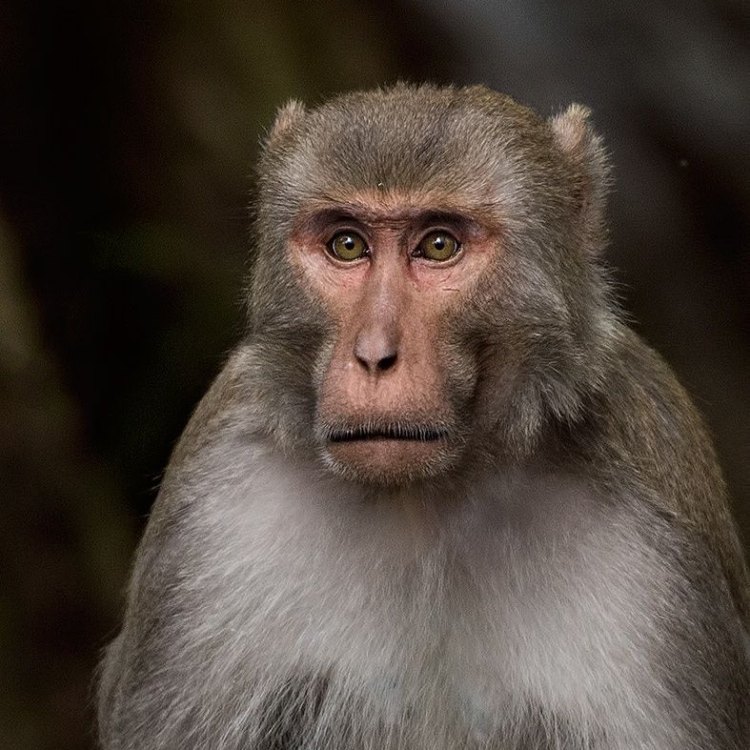
Macaca mulatta
A Closer Look at the Fascinating World of Rhesus Macaques: Nature's Social Organizers
In the lush forests and tropical regions of Asia, one can find a charismatic and highly social species of non-human primates known as the Rhesus Macaques. These lively creatures, with their distinct pink faces and cheek pouches, have fascinated researchers and nature enthusiasts for centuries. But what makes them truly unique? What role do they play in their ecosystems? And how do they interact with humans? Let's take a closer look at the world of Rhesus Macaques and discover the answers to these questions and more.Meet the Rhesus Macaque
The Rhesus Macaque, also known as Macaca mulatta, is a medium-sized primate that belongs to the Cercopithecidae family PeaceOfAnimals.Com. They are found primarily in South and Southeast Asia, including Afghanistan, India, China, and Thailand. These highly adaptable and resilient creatures have also been introduced in other parts of the world, such as Puerto Rico, where they thrive in both urban and natural settings.Their Size and Lifespan
Rhesus Macaques, like most primates, exhibit a clear sexual dimorphism, with females being smaller than males. The average weight of an adult Rhesus Macaque ranges from 10 to 15 kg (22-33 lbs), with males reaching a maximum weight of 20 kg (44 lbs). They have a distinctive short and slender body with a long tail, measuring around 20-75 cm (8-30 inches) in length. They have a lifespan of 20-30 years in the wild, making them long-lived compared to other species of primates.Reproduction and Social Behavior
Rhesus Macaques are polygynous animals, which means that a male mates with multiple females within a social group. They have a strict social hierarchy, with dominant males having the primary access to females. Females, on the other hand, form strong social bonds and engage in grooming each other, which helps to strengthen these social ties within the group Red Billed Quelea Bird. Along with vocalizations, grooming is one of the key ways of communication for Rhesus Macaques.Mating Calls
One of the most distinct features of Rhesus Macaques is their vocalizations. These primates have a wide variety of sounds and calls, including screams, chatters, and coos. Each sound communicates different messages, such as warning signals, territorial claims, and distress calls. They also use facial expressions to express their emotions, such as showing their teeth to ward off aggression or flaring their nostrils to show submission.A Part of Large Troops
Rhesus Macaques are social animals and live in large troops of up to 200 individuals, with an average of 40-50 members. These troops are highly organized, with females dominating over males and younger individuals. Within these groups, different subgroups may form, with females forming tight-knit alliances and males forming alliances to compete for dominance over the females.The Role in Ecosystems
Rhesus Macaques play a crucial role in their ecosystems as seed dispersers and vegetation controllers. As arboreal creatures, they feed on fruits, seeds, and leaves, and while foraging, they disperse these seeds, helping to maintain plant diversity and supporting forest regeneration. They also play a significant role in controlling insect populations by feeding on them, thus minimizing their ecological impact.Threats to Their Survival
Despite their importance in their ecosystems, Rhesus Macaques face various threats to their survival. One of the most significant threats is habitat loss due to deforestation, urbanization, and agricultural expansion. This has led to fragmentation of their habitats, making it difficult for these primates to move and find food. They are also hunted and captured for biomedical research and the pet trade, which has significantly contributed to their declining population in certain regions.Conservation Status and Efforts
Currently, the Rhesus Macaque is listed as "least concern" on the IUCN Red List of Threatened Species. However, their status may change in the future, given the ongoing threats to their survival. In response, several conservation efforts are underway, such as increasing protected areas, implementing stricter regulations on hunting and trading, and conducting research to improve our understanding of these creatures. Additionally, efforts are being made to educate and raise awareness among local communities to promote coexistence with Rhesus Macaques.Human Use and Controversies
Humans have had a long and complicated relationship with Rhesus Macaques. In some regions, they are considered sacred and revered, while in others, they are viewed as pests and hunted for their meat. They are also used in scientific research, primarily due to their genetic similarities with humans. This has led to controversies surrounding their use, particularly in biomedical research, with some advocating for ethical treatment and alternatives to animal testing.Interesting Facts about Rhesus Macaques
- Rhesus Macaques are the most widely distributed non-human primates, found in 11 countries across Asia.- They adapt well to urban environments and have been observed stealing food from street vendors and even using vending machines to get food!
- These primates have played a significant role in advancing medical research, from the discovery of the Rh factor in blood to developing potential treatments for Alzheimer's disease.
- They are also popular in traditional medicine, with their parts believed to have healing properties, despite lack of scientific evidence.
- Rhesus Macaques are excellent swimmers and have been observed crossing rivers to reach new territories.
Predators of Rhesus Macaques
Rhesus Macaques have several predators, with their main threat being large predators such as leopards, tigers, and dholes. These predators can easily overpower a lone macaque or an unguarded troop. To protect themselves, Rhesus Macaques have developed various anti-predator behaviors, such as keeping a lookout for potential threats and alarming the group with loud calls.Final Thoughts
In conclusion, Rhesus Macaques are an essential and fascinating species, with a complex social structure and crucial role in their ecosystems. With their distinct pink faces and vocalizations, they capture the attention and curiosity of researchers and nature enthusiasts alike. As we continue to learn more about these creatures, it is crucial to take steps to protect and conserve their habitats, ensuring the survival of Rhesus Macaques for generations to come.
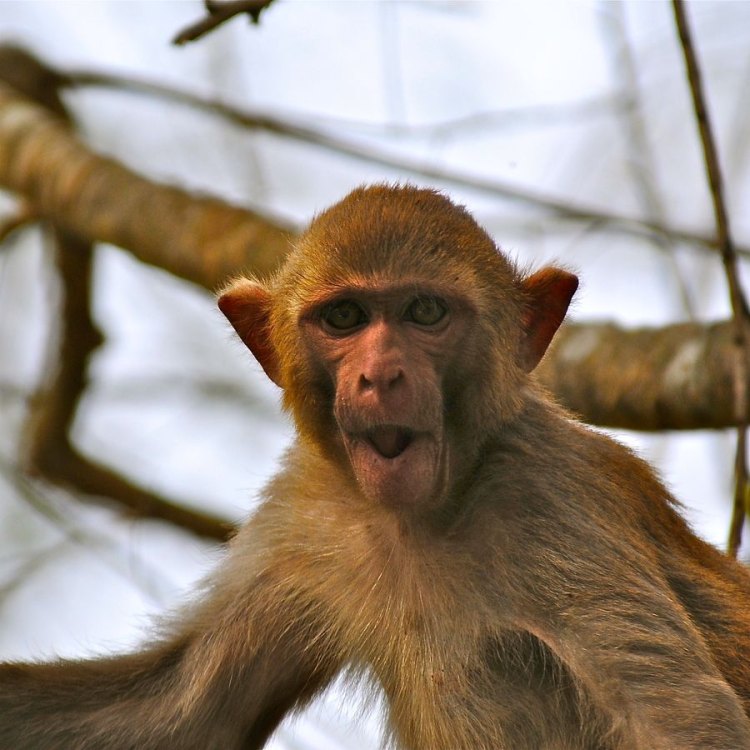
The Rhesus Macaque: South Asia's Intelligent and Adaptable Primate
Disclaimer: The content provided is for informational purposes only. We cannot guarantee the accuracy of the information on this page 100%. All information provided here may change without prior notice.

